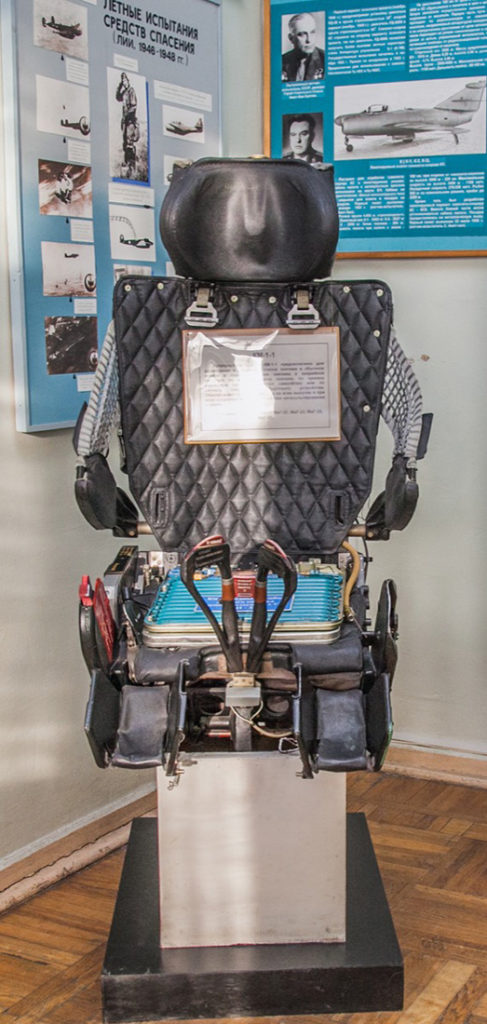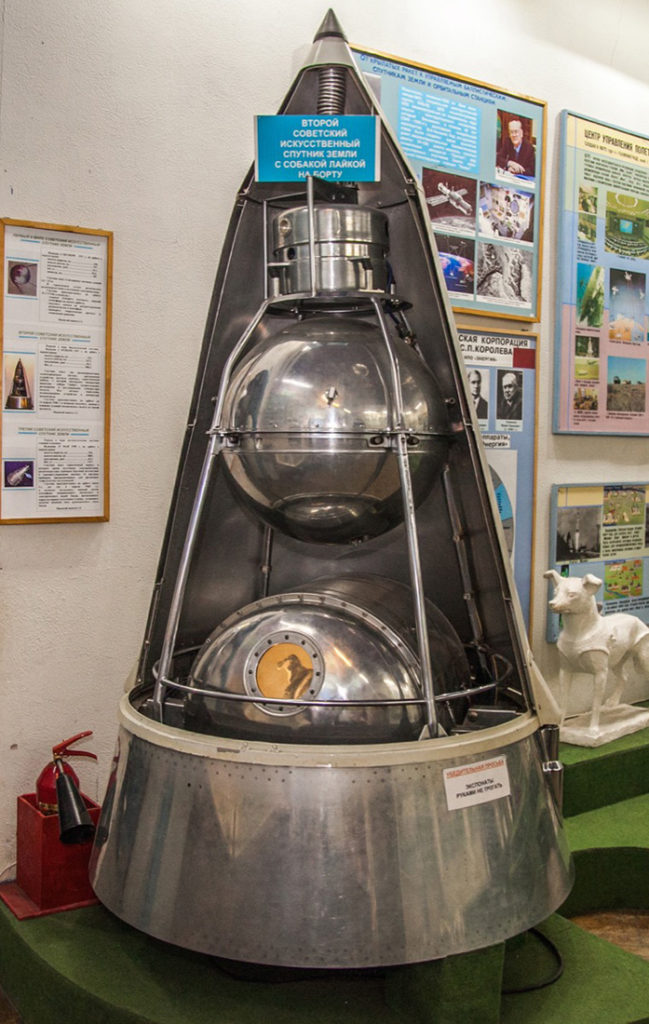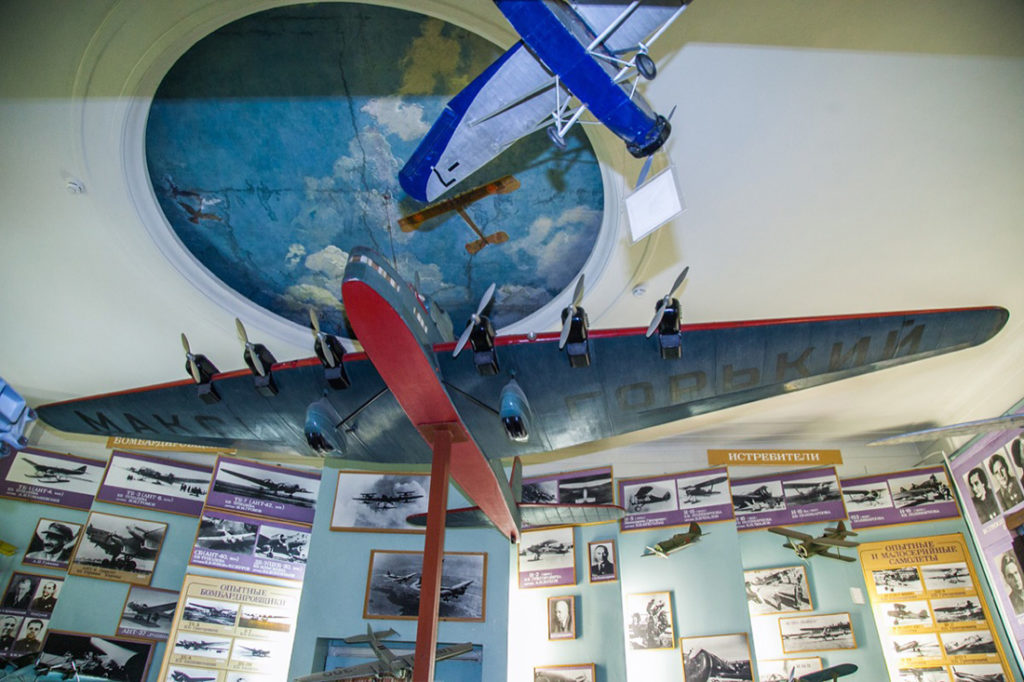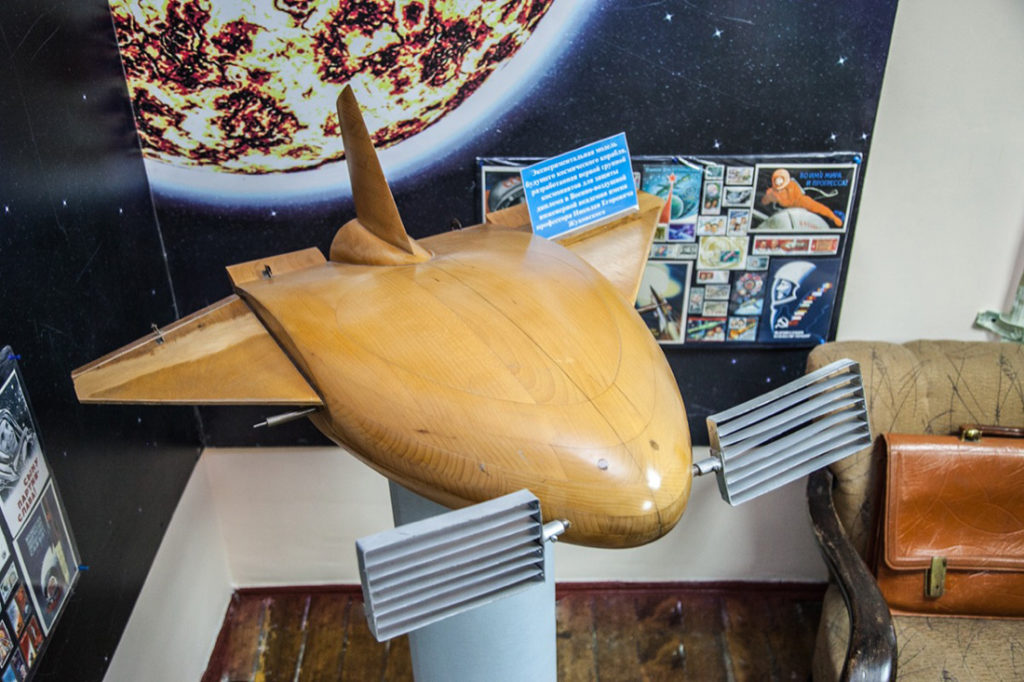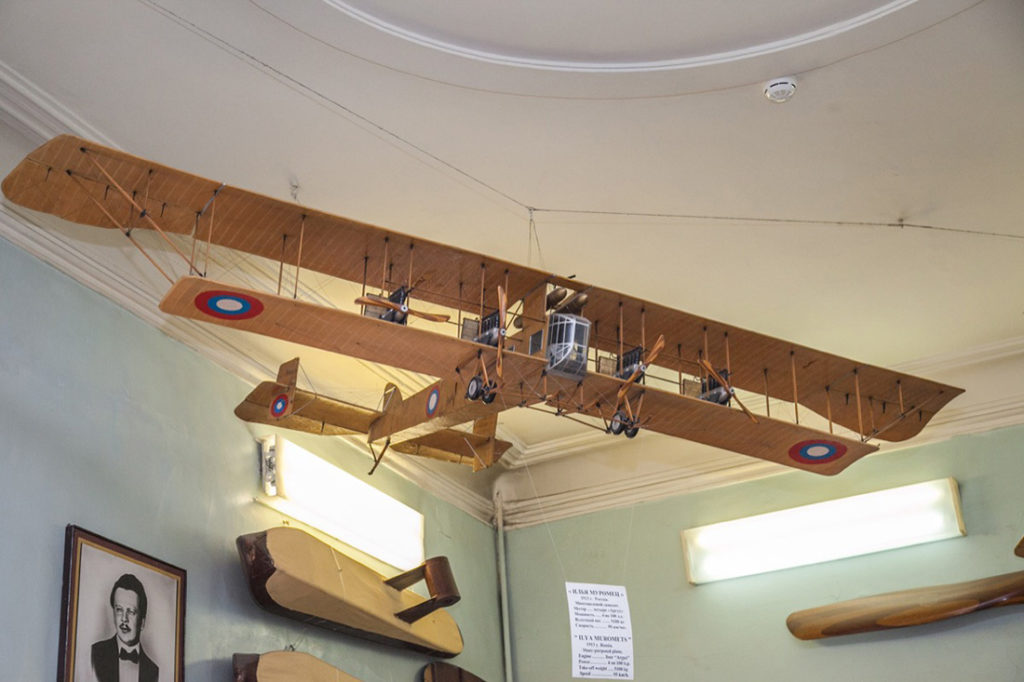The Central House of Aviation and Cosmonautics DOSAAF Russia Museum
Moscow
Contact information
Moscow, Krasnoarmeyskaya ul., building 4
Tel.: +7 (925) 344-46-94 (administrator), +7 (495) 614-38-61 (secretary)
E-mail: cdaik@mail.ru
Operating hours
Wed – Sun: 10:00 – 18:00
Mon – Tue: day off
Ticket price
Adult – 250 rubles
Schoolchildren, students, and pensioners – 150 rubles
Preschoolers, and members of large families – 100 rubles
Discount categories:
Disabled people, participants in hostilities, heroes of the USSR and Russia, and museum workers – free of charge
Family members of privileged categories – 150 rubles
For foreign citizens:
Adult – 500 rubles
Schoolchildren and students – 200 rubles
The museum founder
The head of the Russian RAAFNVS Central Aviation and Astronautic House is Igor Borisovich Isakov
Founded
1924
The Russian RAAFNVS Central Aviation and Cosmonautics House was opened in 1927 near the Petrovsky Park in a beautiful mansion in the Art Nouveau style of the early twentieth century. Previously, it was called the Aviation and Aeronautics History Museum.
Here the spirit of everything new is still hovering. The house’s history is closely intertwined with the SPACD history and is now inextricably linked with the activities of the Russian RAAFNVS. The museum initially had four departments, including the chemical and aviation. The “Komsomolets, to the plane!” slogan, thrown to the masses, became the youth motto of the 1930s. The SPACD call of “From a model to a glider, from a glider to a plane!” called thousands of boys and girls into the sky.
Over the course of several years, The Aviation and Aeronautics History Museum has become the center of the aviation, and then the space life of the country. Here, in an informal setting, conquerors of airspace met, serious debates flared up, in which truth was born. It created a live chronicle of domestic aviation and astronautics.
Under the CACH roof, a huge archive of manuscripts and photographs has been compiled. Today, expositions devoted to the history of aviation and astronautics are located in eight halls. It demonstrates the layouts of the aircrafts from all eras and the unique mechanisms of aircraft, a collection of aircraft engines, equipment, and food products of the astronauts. Most aircraft have not survived to this day, and models provide an opportunity to get an idea about them. For example, the model of the Maxim Gorky, the world’s largest propaganda aircraft of its time, reminds us that a man could stand at full height in the wings of this giant; a portable printing house and a cinema were located here. In the museum halls, spacesuits, aircraft engines, crew rescue equipment, and existing installations to demonstrate the principle of operation of helicopters are exhibited. The museum has the first experimental aircraft engine designed by Anatoly Georgievich Ufimtsev. Separately allocated is a collection of the aircraft weapons from the Great Patriotic War. Of particular interest to the visitors is the cabinet of Yuri Alekseevich Gagarin, which preserved the original possessions of the planet’s first cosmonaut, as well as his diploma work. The museum has many rare exhibits: the Nezh propeller for the Newpor IV aircraft, spacesuits, and the Vostok spaceship descent spacecraft. The first artificial satellite launched from the Earth occupies a special place in the exposition. This is not a mock-up, but a resource understudy, having passed all the tests; we can say it is the twin brother of the first spacecraft flying around the Earth’s orbit. The exposition presents a container where Laika, the first astronaut dog, trained. Another unique exhibit is the training cabin of the Buran rocket-launching ship. In the cockpit, the Soviet Union hero, USSR cosmonaut, Igor Volk, and the honored test pilot of the USSR, Rimantas Stankevichus, trained.
